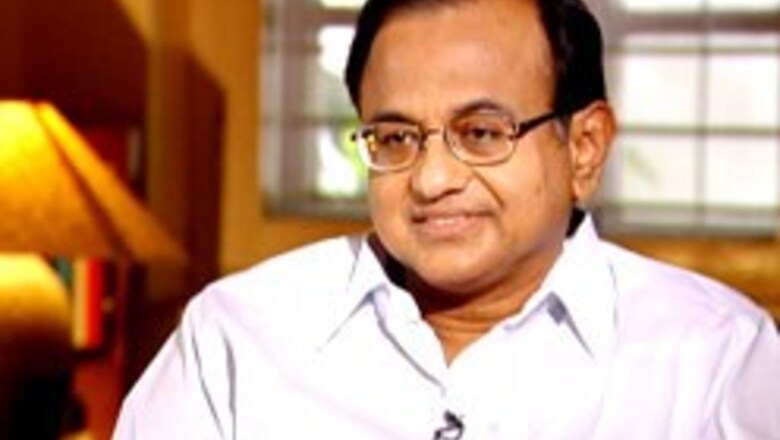
views
Kalwari: Wedged in between a posh hotel, a modern highway and a booming technology corridor, this village of open sewers and sporadic power is at the front-end of a controversy about who benefits from economic growth in India.
"It's good our country progresses," said Raj Singh, a 41-year-old cook, as he walked through dirt streets in the lower caste district of Kalwari, about 55 km from New Delhi.
"But that development should happen in my village. Here the poor are getting poorer. We are forgotten. Nobody comes here," he said.
The Congress-led government presents its annual budget on Wednesday, promising more of the breakneck growth that has seen gleaming high-rises spring up in booming cities across India where millions are employed in services like call centres.
But behind the headlines of "Shining India" are worries that growth is failing to trickle down to the poor and the Government is concerned that a by-product of the boom — a rising inflation rate — is making many people poorer.
"It's rather like if the US government focused its growth strategy on making New York brokers wealthier," said DK Joshi, principal economist at domestic credit rating agency CRISIL.
"There are millions in call centres that benefit from growth. But India's population is massive and a huge chunk of the population is not benefiting," said Joshi.
The rural sector, for example, accounts for two-thirds of India's billion-plus population but is growing at less than one third of the pace of the overall economy.
A tale of two regions
Outside Kalwari, men sat by a main road. Some picked up rubbish scraps. They supplemented their meagre incomes, they said, by occasionally being picked up in a lorry to attend political rallies in Delhi.
Kalwari is a bus ride away from Gurgaon, a town of call centres, new suburbs and one of the largest McDonalds in India. But few farmers thought they, or their children, would ever find work there.
"We are uneducated, unskilled people. Who will take us?" said Balvan Yadav, a 32-year-old farmer.
On the opening of the budget session, President APJ Abdul Kalam told Parliament the Government was committed to "inclusive development".
It has introduced measures to help India's 260 million poor, from programmes that guarantee jobs for rural poor to food subsidies.
But many of the funds do not reach their target through poor implementation or corruption.
Raj Singh's hut has no electricity or running water. Children play near stinking gutters. The caste divisions of a village so close to the Capital also underscores how obstacles to modernisation in India are hard to overcome.
Singh has two children. One, a girl, was married off at 15. His other child, a boy, goes to school, "if the teachers turn up" and otherwise works to supplement Singh's Rs 2,000 a month income by helping out in the fields.
India has higher levels of malnourished children than Sub-Saharan Africa, according to a recent survey backed by the UN Children's Fund (UNICEF), and some key health indicators have hardly budged despite the boom.
The city-rural divide has widened in India and was reflected in a 2004 election when millions of rural poor voted against the free market reforms of the ruling Bharatiya Janata Party.
This year, reforms from the Congress-led coalition like special economic zones to encourage industrial development have been suspended due to a backlash from farmers.
And on Tuesday, the Congress party was ousted from power in Punjab and Uttarakhand in elections reflecting voter anger over inflation and economic reforms. "The question now is not growth, but the nature of the growth. Who will benefit?" said Joshi.

















Comments
0 comment